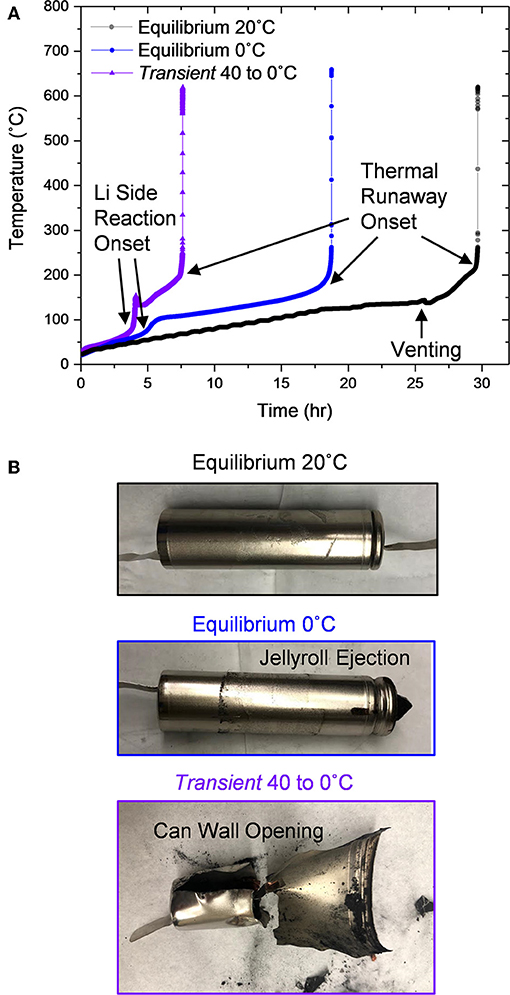The pumps always run at full speed (or near full) during high rate charging, high rate discharging, and above a threshold of SoC vs Temp. If you look at CAN data (or the diag screen) you can see that usually this is done with the battery loop isolated (as in, not attempting to cool or heat the cells). This is simply to help equalize the temperature of the cells throughout the pack, and this mechanism is present in even the earliest firmware versions I've examined (6+ years old now). Nothing new.
Basically, the more thermal variation there is between the cells, the more variation there is in how much power each cell will output (load) or accept (charge). This translate to a higher voltage imbalance over time. Equalizing the temperatures of the cells slows any voltage/capacity imbalance between cell groups that could be caused by thermal variations.
This is also why in my solar setup I put the pairs of modules that were in series on the same horizontal plane, since this would work out to roughly the same air temperature since they were at the same level... and it actually worked out quite nicely, as I've never had any major imbalances in any strings despite using no liquid cooling. (My highest charge/discharge rate is about 1/3C, so definitely not a huge factor). (Edit: Just to note, the system just reached 5.5 years of continuous operation, with over 200 MWh produced.)
There's some links and a graphic in a post above that are completely irrelevant. As always, take such things with a grain of salt... or a pile. The above info is referring to cells charged at freezing temperatures at high rates... which is known to cause damage, degradation, and otherwise be unsafe. The temperatures above freezing that they are referring to appear to be the permitted self-heating targets for the cells under charge/discharge when starting at freezing. Fortunately, since day 1, Tesla has included protections to prevent the battery from ever being subject to those conditions. The cells are never charged when below an unsafe temp, and the max charge current is monitored vs temperature at the millisecond level... so, as noted and as usual, irrelevant information.



